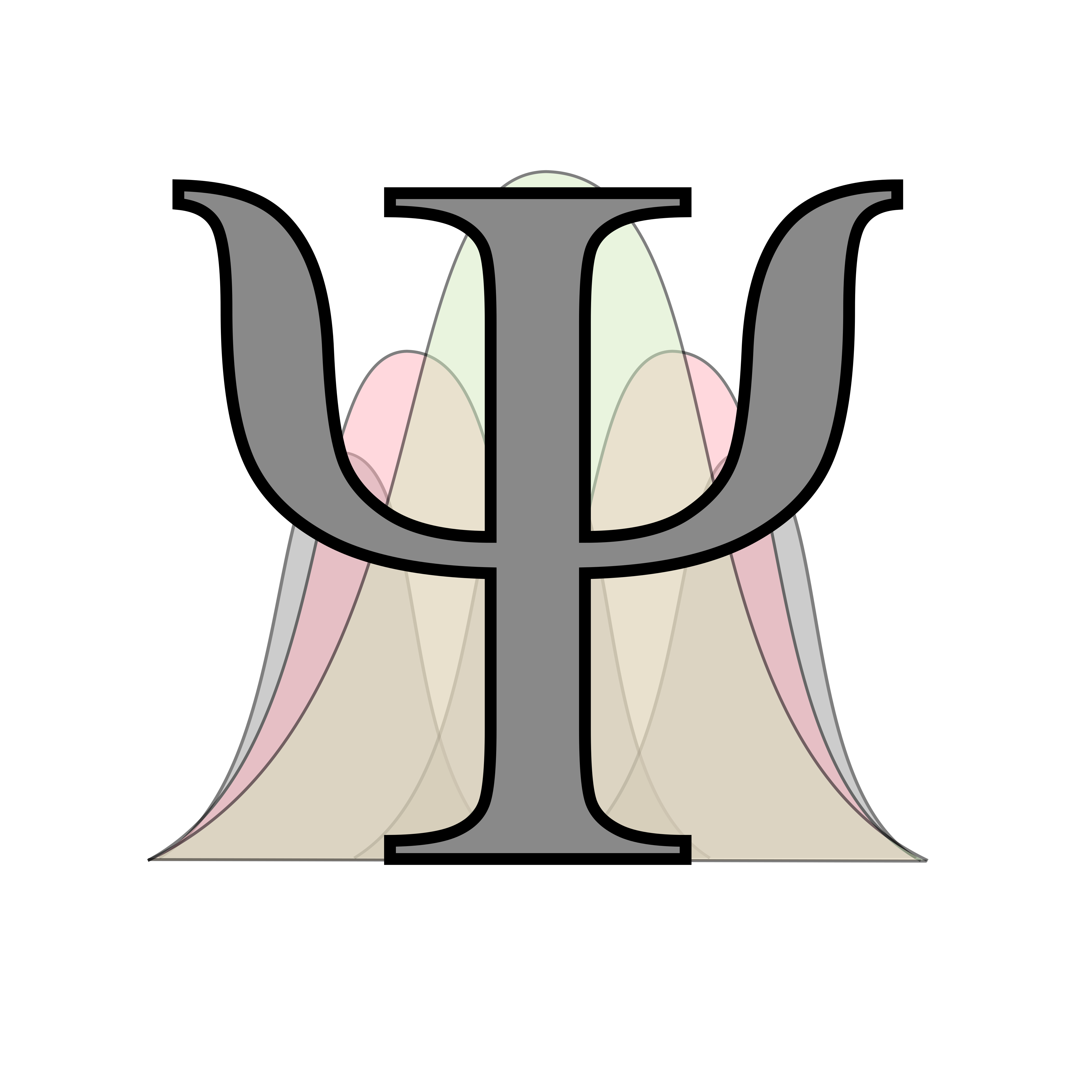

This is not surprising at all. A well-matching referee is a scarce resource. Higher impact journals can typically find better-matching referees due to their perceived prestige, as well as the much lower number of manuscripts passing through editors and making to the referees (it is well known that high impact factor is a consequence of editorial selectivity). A better matching referee is more likely to comment on the more pertinent points on the actual research and will therefore not linger too much on superficial aspects such as grammar etc (which, once/if a manuscript is accepted, will be handled by copy editors). The same referee will likely also use different criteria for different journals regarding acceptance, where they usually focus more on high level stuff such as perceived innovation or impact to field etc for high profile journals, and more on technical details for more run-of-the-mill types.









“Trapping electrons in a crystal” is such a nonsensical way of conveying the idea of a flat band. Most isolated crystals trap all the electrons they have inside of them, or else the world will be full of free roaming electrons!